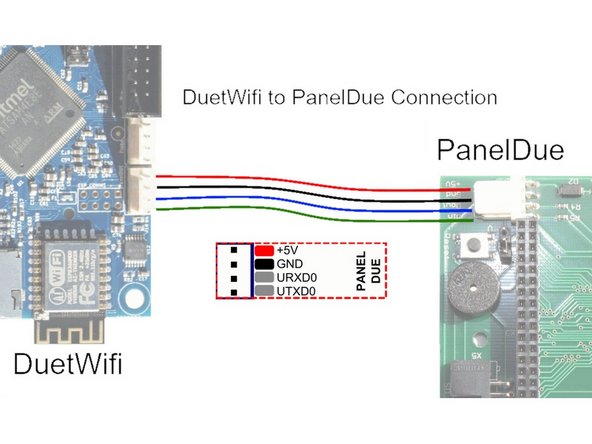-
-
Remove the borosilicate glass from your printer. Test fit the PEI on the bed glass so you see how it will fit. Then thoroughly clean both sides of the glass with isopropyl alcohol and dry with a lint-free cloth.
-
Tip: put an arrow on the edge of the glass plate before installing the PEI over it. This gives you a witness mark to align with the heated bed mark described in the build guide Step 78 in the Build Guide.
-
Peal away about 2cm (1") of backing from one edge of the PEI and attach it to the glass. position the PEI as precisely as you can - once the adhesive touches the glass, it can't be moved.
-
Smooth the adhered section with the edge of a soft plastic scraper or credit card. Then, slowly remove the backing as you advance and smooth the PEI with the scraper until it is completely adhered. Smooth the entire sheet from the center to the edges radially, to firmly adhere it.
-
You will get small bubbles, lots of them. That's fine and not a problem.
-
Once the PEI is installed, remove any PEI that overhangs the glass using one of the three methods: 1) Trim the PEI flush to the glass edge with a sharp X-acto knife. 2) Sand the PEI flush to the glass edge with 320 grit wet/dry sandpaper. Doing this under running water is best. or 3) File the PEI flush to the glass edge with a smooth metal file.
-
Once you have the PEI flush to the edge of the glass, bevel the top edge of the PEI 45* with one of the three methods above. The file or sandpaper on a sanding block are the best options for this. See the drawing for guidance.
-
Finish by cleaning the edge of the glass/PEI carefully to remove any lumps of adhesive.
-
-
-
Insert wisdom here.
-
-
-
The PT100 probes are much more accurate than a thermistor and can handle temperatures up to 400°C for printing high temp materials like Delrin and Polycarbonate.
-



